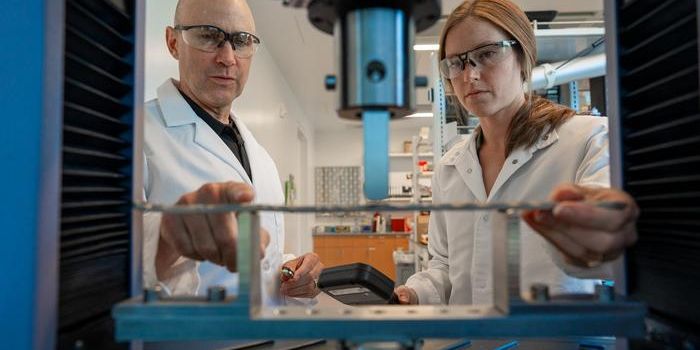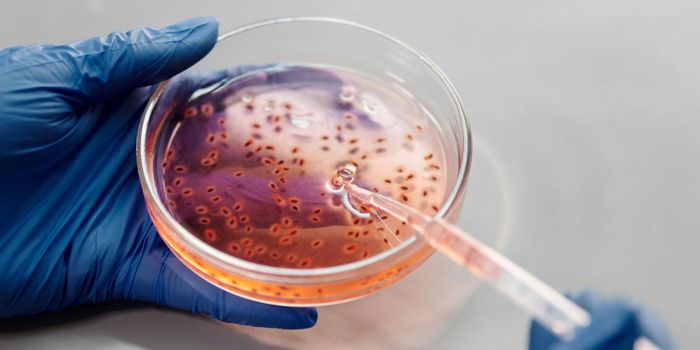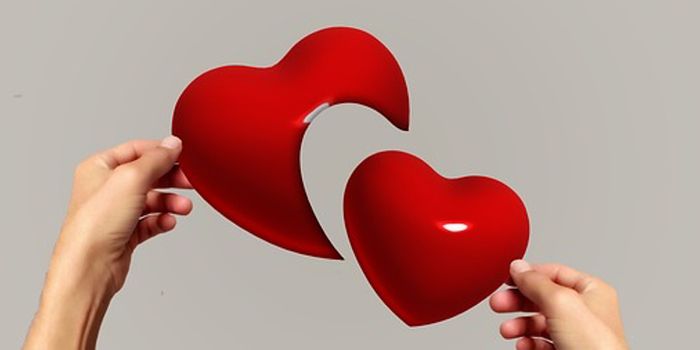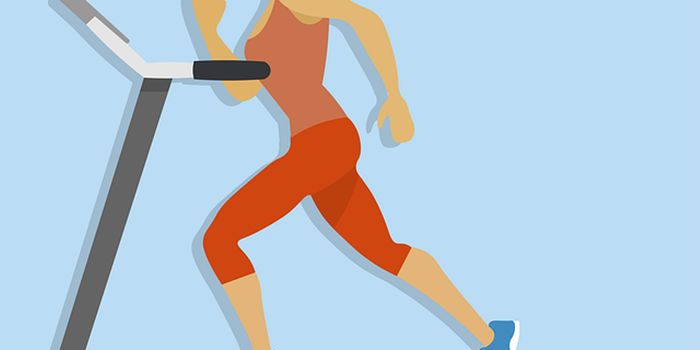CT Method Can Find New Ways to Improve CPR
The time it takes for a person experiencing cardiac arrest to get help can make the difference between life and death. But the kind of first aid they need can sometimes cause problems. CPR, (cardiopulmonary resuscitation) also known as a closed-chest cardiac massage takes a degree of force, but too much force can do real damage to the internal organs.
Researchers have now developed a way to use a CT scan to assess how the internal organs are affected by chest compressions. They used a deceased individual as a model. The findings have been reported in the journal Resuscitation.
"Specifically, we've simulated heart massage by compressing the chest of a deceased person in a controlled manner in precisely the same way as would happen with heart massage. Though with the difference that this was done gradually and in slow motion while the whole process was CT scanned at the same time," explained the lead study author Kasper Hansen, assistant professor at the Department of Forensic Medicine at Aarhus University.
The process is similar to stop motion video, but in this case, every image is actually a 3D CT scan. The movements of organs can thus be visualized as CPR happens. The idea behind the research is to improve the technique.
"The goal of heart massage is blood circulation, but we don't know enough about how the blood is pumped onwards, and why certain characteristic heart massage injuries such as lesions on the internal organs occur. There are many unknowns in connection with resuscitation. The new technique makes it possible to examine different aspects of heart massage. Using the method allows us to directly study the organ movements, and may help to clarify the basis for important physiological mechanisms," said Hansen. The goal of heart massage is blood circulation, but we don't know enough about how the blood is pumped onwards.
"Because the scans have been carried out on a deceased person, it hasn't been possible to measure the blood flow directly. However, the method clearly demonstrates how, for example, the heart is affected during heart massage, and we can, therefore, gain a better understanding of the critical mechanisms during heart massage."
The researchers included videos from their work with their publications that does not require special software to see.
"Specialized radiological software is needed to be able to utilize and show the full potential of the method and what it can deliver. In the article, we therefore use the videos as a practical and known format to communicate how our new method is able to contribute to creating new insight into different elements of heart massage for experts within the field. Furthermore, we believe that anyone who has completed a first aid course will be able to relate to the videos. So we also hope that these videos will be fully utilized in the general first aid courses," continued Hansen.
"It helps to bring us closer to our goal, which is for the method we present in the study to contribute to the development of better and more effective procedures for the treatment of cardiac arrest - and in this way to more people surviving a cardiac arrest," Hansen concluded.
Sources: AAAS/Eurekalert! Via Aarhus University, Resuscitation








